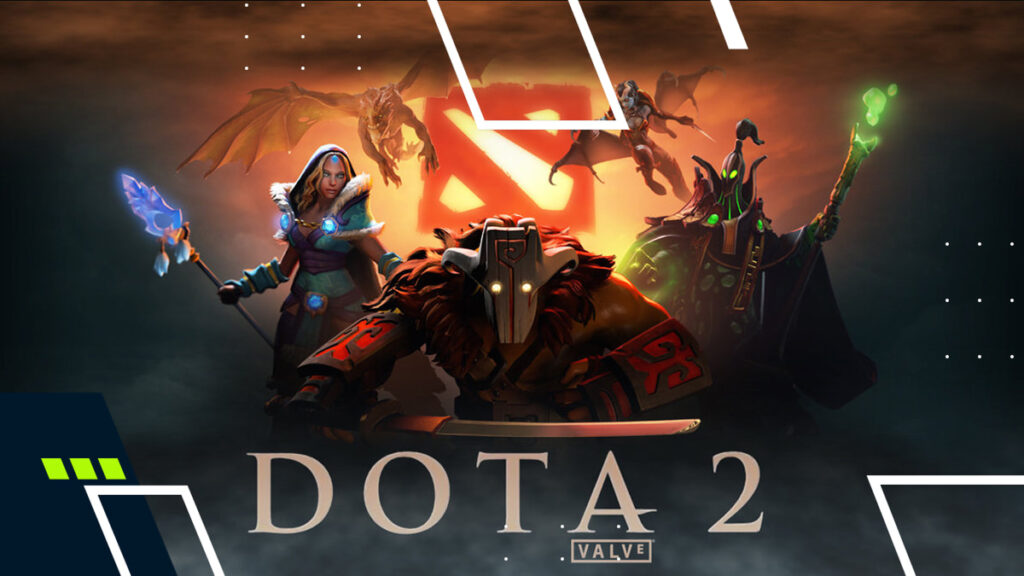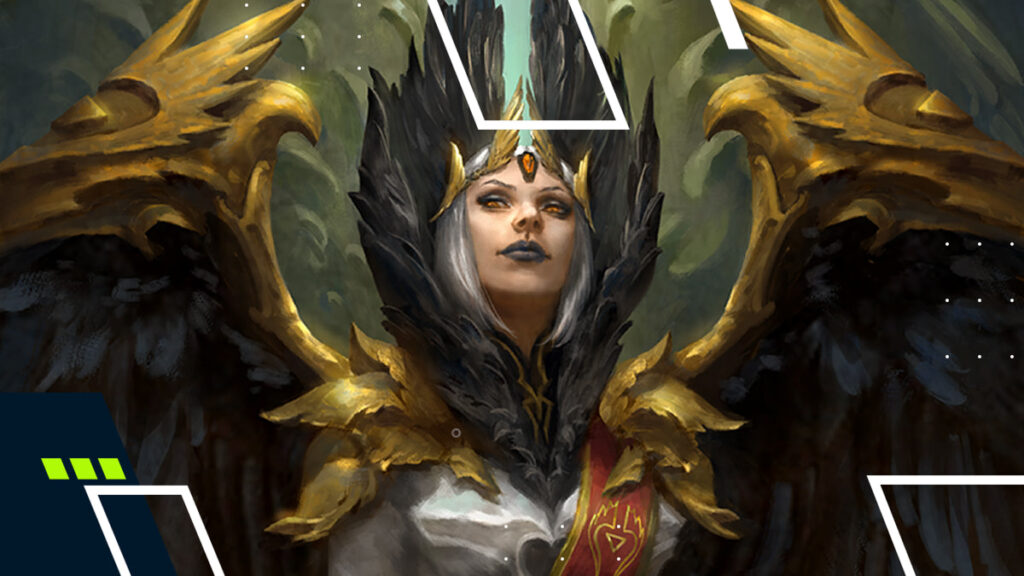Mobalytics: The Info You Never Knew You Needed
What we could define as LoLKing‘s successor, Mobalytics provides League of Legends related information in a detailed yet accessible manner.
Updated tier lists
League of Legends is ever-changing with the numerous patches held every season. As patches are released, the meta changes with the varying power of champions from either nerfs or buffs.
Unless you are a die-hard LoL player, keeping track of the top champions in every given patch is tough. For this, there is Mobalytics. The site releases a complete tier list every patch, with distinctions for each role, and even low to high elo.

© Mobalytics
Playing the meta is a great way to climb considering they are usually the strongest picks possible.
How does the Mobalytics tier list work?
A tier list categorises champions based on their strength in the current patch and environment. The Mobalytics tier list is two dimensional, dividing champions based on their strength while also colour coding them based on difficulty.
In a situation where a player has mastery over every champion, a higher tiered champion is considered more effective, however, failing to properly execute a champion will certainly reduce a champion’s effectiveness. In this case, an A tier pick like Ashe would be more effective than a God tier pick like Yassuo.
Everyone has experienced a feeding Yassuo more often than not, this is due to themselves, leading to the champion skill cap exceeding their own ability. As a result, a god tier Yassuo pick is either a complete hit or miss, carrying your team to victory, or feeding throughout to defeat.
One on one advice
Mobalytics provides both general and detailed information on your direct matchups. This allows for a smoother laning phase. It does this by providing an information advantage to players who would otherwise lack knowledge on specific matchups.
Mobalytics Builds
Unlike other websites hosting a multitude of builds, Mobalytics makes it easier with less repeat builds. Instead, builds are tailored for lane and game matchups. This built-in efficiency is extremely helpful for those striving for the win.

© Mobalytics
Mobalytics proving ground
League of Legends is a game that considers both map awareness, reaction time and general mechanics. The Mobalytics proving ground is a testing app that is set to measure all these areas. The controls for the game are keys defaults to the game: Q, W, E, R, D, F and point and click with a mouse.
There are 4 bars at the right side of your score, corresponding to Q, W, E and R. These bars shrink differently as time passes, as the bar shortens, it turns green. Hitting the bar correctly with Q, W, E or R when green will grant points. Hitting the wrong key or simply due to mistiming will lock the bars out for a short duration, preventing you from gaining points.
Moving, expanding and shrinking targets appear throughout the app, with the player being granted point based on the number of, and location of which the targets are clicked on. Centre clicks on the targets will grant more points.
A section at the bottom left of the screen simulates mini map awareness, a crucial aspect of fending off ganks in League of Legends. This is achieved through the game primarily accruing points through a much more active target and bar section, while keeping the bottom left section relevant with occasional obstacles. This minigame involves manoeuvring a spaceship left (D) or right (F), avoiding falling portals that approach. Failing to avoid these portals will lead to the ship being stuck, preventing the accrual of points.
Based on performance after 60 seconds, the Mobalytics proving grounds training is over, providing score in mechanics, background processing and map awareness.
Are sites like this unfair? Should I use them?
There is no shame using sites that simply provide information, after all, they simply help you to play better. Unlike cheats, Mobalytics aims to help improve player gameplay and aids learning.
And even more!
Not only does Mobalytics cover the traditional League of Legends, it also has extensions for Team Fight Tactics and the new Legends of Runeterra. Guides and infographics will be especially useful for the new players yet to get into Legends of Runeterra.

Mobalytics supports Legends of Runeterra
As mentioned, this gaming assistant is not only limited to the original League of Legends Summoner’s Rift game. Not only does Mobalytics release articles and guides on the new Legends of Runeterra, they also have an extension for the game. Given its nature as a card game, the Mobalytics deck tracker extension will surely improve a player’s ability to win.
Remembering every card in a new game is difficult, especially with the game being newly launched. However, the deck tracker, by displaying your remaining cards will allow you to focus more on the game and make better decisions overall. Even further, unlike other deck trackers, the Mobalytics deck tracker is able to record cards your opponents have played. Once again, this informational advantage will enable you to better play around available cards and visualize possible decks your opponents are running.
Mobalytics TFT
The Mobalytics TFT coverage is primarily on their website. It acts as a wiki, team builder and visual representation of potential team compositions. Given the high processing ability of Mobalytics on regular League of Legends matches, it is likely Mobalytics TFT in the future will have tailored information and composition paths in the future based off opponent play. If this version of Mobalytics TFT ever launches, it will no doubt be game breaking.
How do I get the Mobalytics app?
The Mobalytics desktop app is both available on both windows and mac. Mobalytics download (https://mobalytics.gg/download/) is only two clicks away.
Mobalytics App: Our Conclusion
Use of this gaming assistant, unlike some hype, will not directly translate to major results straight away, with you blasting through the ranks. Instead, consistent use of the app will allow you to slowly develop skill and more in-depth understanding for the game. All in all, it’s a definite must use for those seeking to improve.















